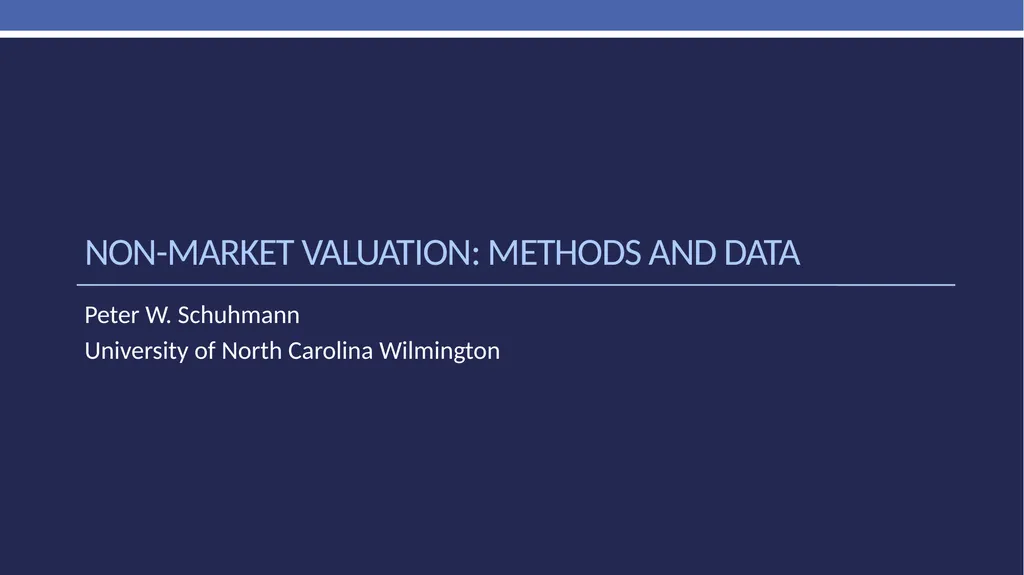
Non-market valuation: methods and data Peter W.
Author: mitsue-stanley | Published: 2025-06-27
Description: Non-market valuation: methods and data Peter W. Schuhmann University of North Carolina Wilmington Outline Introduction What is economic value? Categories of value Common misconceptions regarding value Benefit-cost analysis Valuation
Download Presentation
Download the PPT/PDF: Download
Transcript:
Loading transcript…